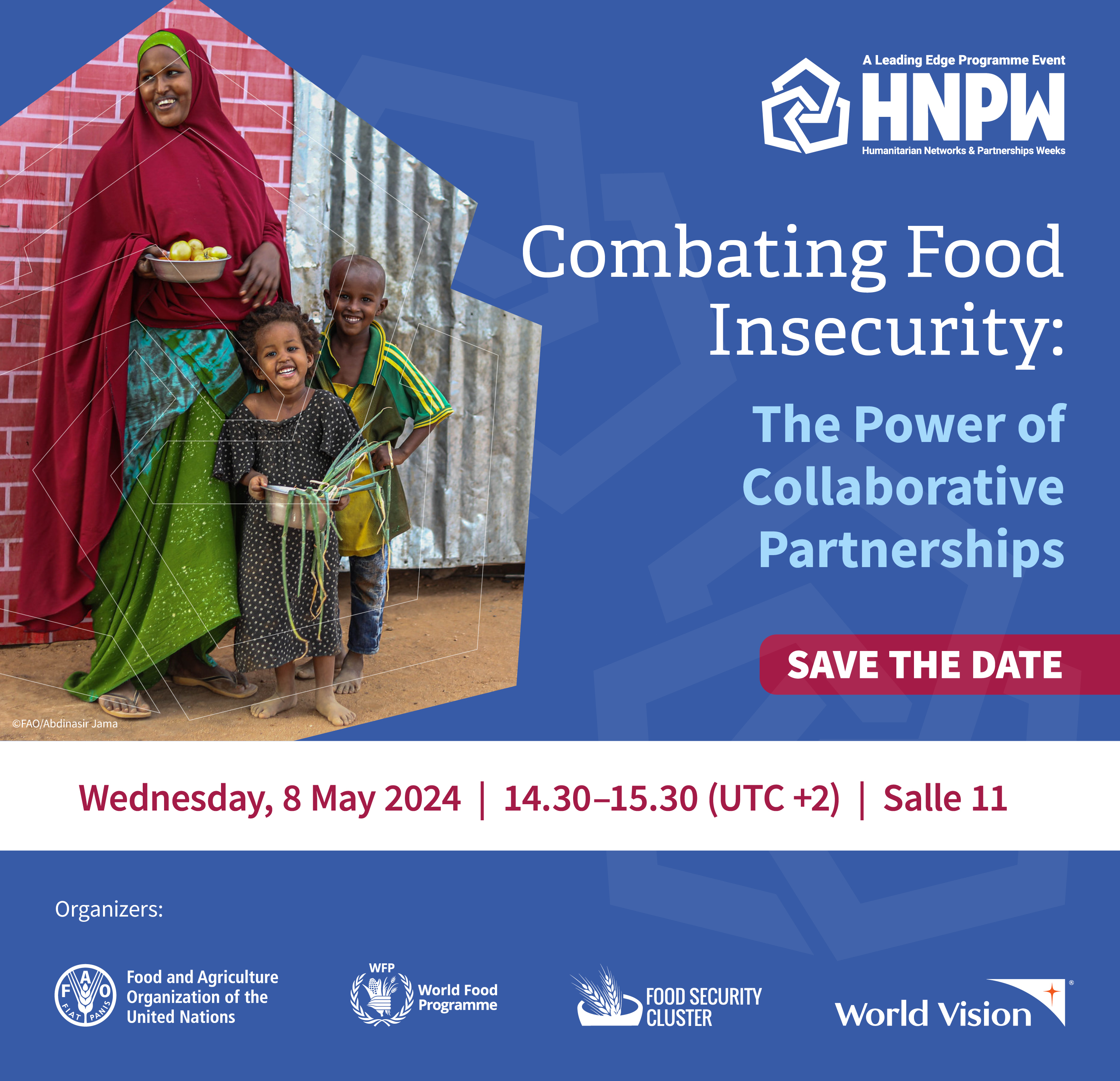The 2023 Global Report on Food Crises (GRFC) paints a stark picture of the current state of global food security. It identifies a worrying trend: the number of individuals facing acute food insecurity is soaring, with over 250 million people now in urgent need of food and livelihood assistance. This escalation, up from 193 million in 2021, is primarily fueled by a combination of armed conflict, economic shocks, climate extremes, poverty, and inequality, further exacerbated by the ongoing Ukraine conflict. At the heart of this crisis are the disproportionately affected women and girls, who bear the brunt of these challenges. The situation is further complicated by the protracted nature of conflicts, climate disasters, economic instability, and the lingering financial impacts of the pandemic. These factors collectively drive-up humanitarian needs while simultaneously diminishing funding, limiting access, and escalating operational costs. The complexity and magnitude of these challenges make it clear that no single actor or state can combat this crisis in isolation. This is where the role of enhanced cooperation and partnerships becomes critical, particularly in achieving Sustainable Development Goal 2 (SDG 2), which focuses on zero hunger. The forthcoming event aims to showcase the power of diverse and innovative partnerships in addressing food security challenges, especially at the grassroots level. It will bring together a variety of stakeholders, including UN agencies, NGOs, Member States, and local actors, highlighting their collaborative efforts and successes. A special emphasis will be placed on initiatives that have significantly improved the food security and livelihood opportunities of women and girls, demonstrating the potential of targeted and anticipatory, collaborative efforts in making tangible impacts in the fight against global hunger.

|

